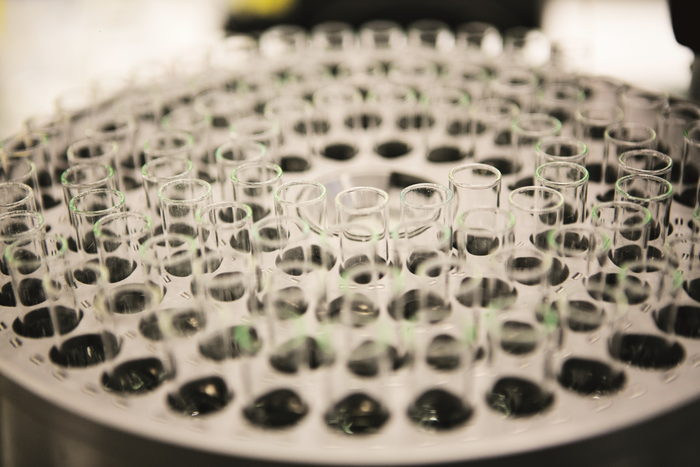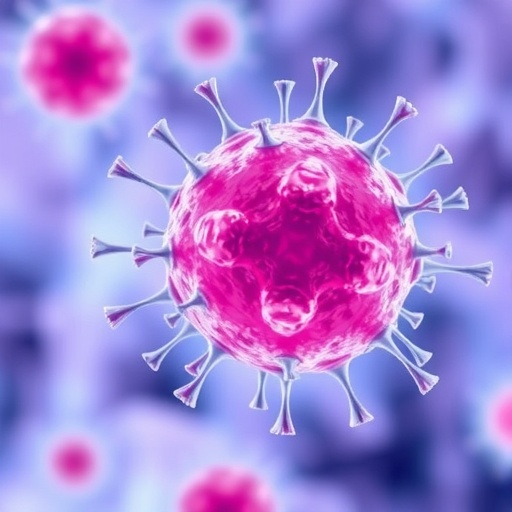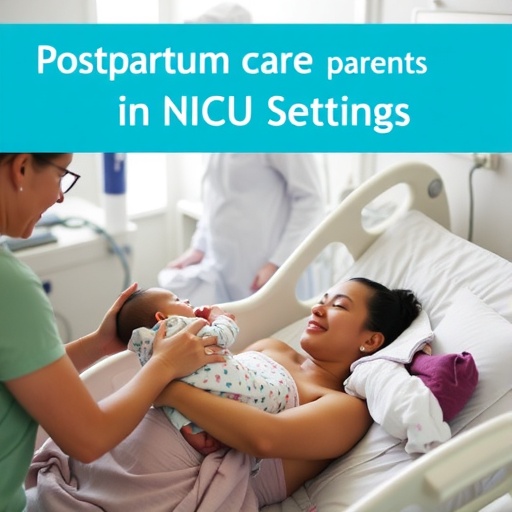Antibiotic resistance is a ticking bomb under public health. WHO predicts that in 2050 more people will die from infections than from cancer – and we are talking about infections that we today consider harmless; infections that occur in a cut or wound – or perhaps cystitis.

Credit: Emil Ryge/University of Southern Denmark
Antibiotic resistance is a ticking bomb under public health. WHO predicts that in 2050 more people will die from infections than from cancer – and we are talking about infections that we today consider harmless; infections that occur in a cut or wound – or perhaps cystitis.
The reason is that bacteria are masters at adapting. When their existence is threatened, they mutate into a new and improved version of themselves that can no longer be threatened by eg antibiotics. Consequently, many disease-causing bacteria today are resistant to antibiotics.
– That’s bacteria for you. They always find a way! Of course, resistance will occur; that’s how evolution works, says professor and head of research, Birgitte Kallipolitis, who studies disease-causing bacteria at the Department of Biochemistry and Molecular Biology at University of Southern Denmark.
The talents of fatty acids
And that’s exactly why, like other researchers around the world, she thinks it’s time to find new ways to fight or neutralize the perpetually mutating bacteria.
For some years now, she and her research group have studied a particular type of fatty acid, which has proven itself interesting in this context. The researchers use listeria as a bacterial model to test the effect of these fatty acids. Elsewhere in the world, colleagues are using salmonella and cholera bacteria for similar tests.
The particular fatty acids are interesting not only because they can kill the listeria bacteria in Kallipolitis’ laboratory, but they can also turn off their ability to infect and spread infection.
The researchers’ experiments have shown that the fatty acids have an antimicrobial effect, ie that they can kill listeria bacteria. At first, this sounds good, but then there is the mutation thing; trying to kill the bacteria only makes it mutate into a new and resistant version of itself.
Enter the special talent of the fatty acids: They can make the resistant bacteria harmless, so that no infection occurs at all.
– Thus, the resistant bacterium is no longer a bacterium that we must try to kill – instead, we prevent it from spreading and making us sick, Birgitte Kallipolitis explains.
No more spreading
The concept of making a disease-carrying bacterium unable to spread or make us sick is called turning off its virulence.
When you turn off the virulence of a bacterium, you prevent it from producing proteins like adhesins and invasins, which the bacterium needs to attach to a cell so that it can enter the cell.
– If a listeria bacterium cannot enter a cell, it cannot spread, and then no infection will occur, Birgitte Kallipolitis explains.
Extra help for the elderly and weak
The Listeria bacteria in Kallipolitis’ experiments are only harmless as long as their virulence is switched off. When they are no longer exposed to the fatty acids that turn off their virulence, they regain the ability to spread
– But this may be the extra help that allows a patient to cope with an infection. Antivirulent medication or supplements could be good for the prevention of infections, especially in the elderly and weak, says Birgitte Kallipolitis.
The fatty acids that she and her colleagues work with, are so-called medium and long free fatty acids.
In nuts, plants and seeds
– We have especially focused on the free fatty acids, palmitoleic acid and lauric acid, which are found in nuts, seeds, plants and milk, etc. In our experiments, they show an antivirulent effect, she says.
Kallipolitis points out that you cannot eat your way to an antivirulent effect by, for example, eating nuts and seeds containing palmitoleic acid and lauric acid.
– The fatty acids must be in the free form, and that does not generally occur in food. You can buy free fatty acids as supplements but be aware that most fatty acids in supplements are locked and not in the free form.
– We do not yet know if you can achieve the effect by consuming free fatty acids. Maybe the fatty acids are metabolized before they reach the battle ground in the intestinal system, where the fight against many resistant bacteria takes place. Maybe we need pharmacists or chemists to find a way to transport the fatty acids to the scene of the battle, she explains.
Hence, a special dietary supplement or tablet is not just around the corner, she emphasizes. Before we get there, a number of tests are needed.
– The next step will be to test the antivirulence effect in a laboratory system reminiscent of the human intestinal system; here we will add listeria bacteria and see if the fatty acids will make them avirulent. If this works, it goes on to mouse experiments, and eventually it can hopefully be used prophylactically in humans, says Birgitte Kallipolitis.
The scientific article:
Birgitte Kallipolitis and her group work with bacterial control and often, they use listeria as a bacterial model. The new results described here have been published in two papers in the scientific journal Frontiers in Microbiology.
- The Global Regulator CcpA of Listeria monocytogenes Confers Sensitivity to Antimicrobial Fatty Acids
- Absence of N-Acetylglucosamine Glycosylation on Listeria monocytogenes Wall Teichoic Acids Promotes Fatty Acid Tolerance by Repulsion From the Bacterial Surface
What is multi-resistant?
Some bacteria are resistant to several different kinds of antibiotics and are therefore called multi-resistant. Examples are staphylococci, acinetobacter, pseudomonas and E. coli, which can cause fatal infections if left untreated.
Journal
Frontiers in Microbiology
DOI
10.3389/fmicb.2022.895942
Method of Research
Experimental study
Subject of Research
People
Article Title
The Global Regulator CcpA of Listeria monocytogenes Confers Sensitivity to Antimicrobial Fatty Acids
Article Publication Date
2-May-2022




